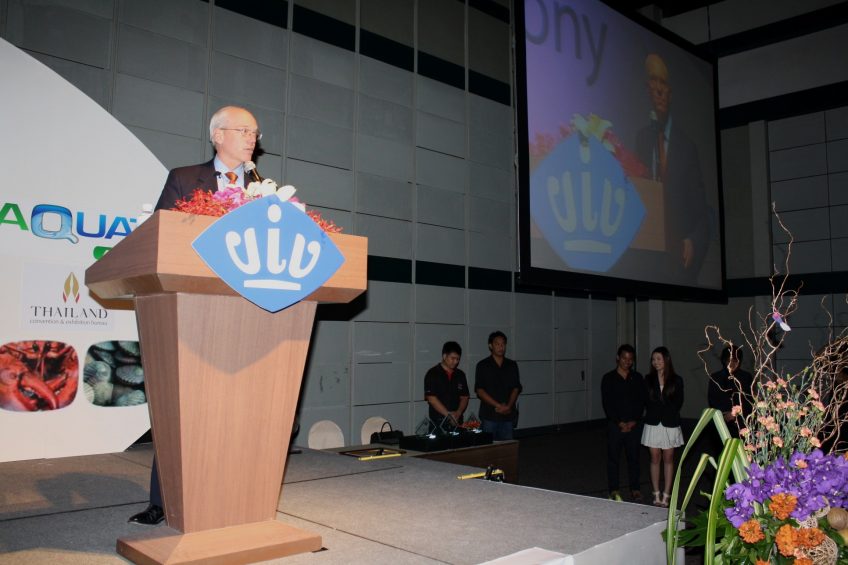10 year outlook for animal protein business: Rabobank

Feed prices are here to stay, Brazil’s corn potential could grow faster, Russia will soon become self-sufficient with regard to pig and poultry production, China will most likely face large grain imports – and by the way, China also suffers from Foot-and-Mouth Disease these days.
In short, these were some of the key elements of the presentation of David C. Nelson, global strategist, Animal Protein, Grains & Oil Seeds. He spoke at the official opening of VIV Asia 2011, held in Bangkok, Thailand, 9-11 March. His topic was ‘Focus 2021’ – an attempt to look ten years into the future for global agriculture in general and Asian agriculture in particular.
Feed prices will remain high, Nelson said, as yield improvements are decelerating and the challenge remains to service growing markets. One of the countries that could well profit from this growth could be Brazil, he said. The country had, however, increased its total surface of planted crops by a mere 1% in 2010-2011. Input costs, fertiliser prices, land prices and an unfavourable currency were named as reasons why the message to grow more crops in Brazil was not yet taken up.
Nelson also compared Brazil’s Mato Grosso province to the Black Sea region in Ukraine/ Russia. Both have high potential, but are relatively landlocked and badly reachable – hence high transport costs need to be added to relatively low costs of cultivation.
Meat integrators
At the moment, JBS, Tyson and Smithfield top the ranks of largest meat producers in the world. These companies will be challenged, Nelson mentioned. The last couple of years already saw the rise of the Brazilian conglomerates, and the size of Russian (e.g. Cherkizovo) and Chinese (e.g. Zhongpin) integrators is growing rapidly.
At the moment, JBS, Tyson and Smithfield top the ranks of largest meat producers in the world. These companies will be challenged, Nelson mentioned. The last couple of years already saw the rise of the Brazilian conglomerates, and the size of Russian (e.g. Cherkizovo) and Chinese (e.g. Zhongpin) integrators is growing rapidly.
Russia’s official policy is to become self-sufficient in protein production, i.e. domestic production will meet domestic demand. Nelson expected Russia to be at 85% in 2015 and at 95% in 2020. “What this means? All meat exporting countries have to find new markets!”
China
The Chinese market, with approximately 50% of all pigs in the world, may face shortage of corn stocks and will need to import shortly. Official figures may draw a somewhat overly optimistic picture, Nelson said: “China’s corn supplies appear to be desperately low.” He expects strong grain imports in the years to come.
The Chinese market, with approximately 50% of all pigs in the world, may face shortage of corn stocks and will need to import shortly. Official figures may draw a somewhat overly optimistic picture, Nelson said: “China’s corn supplies appear to be desperately low.” He expects strong grain imports in the years to come.
Nelson added that China also may experience an outbreak of Foot-and-Mouth Disease (FMD), just like in the neighbouring Koreas at the moment. He had observed indications that it occurred at various locations throughout the country and added that he could see sow liquidations at a level of -3% for this year. Hence he predicted total pork production for this year to be at the level of 2005-2006. Pork imports for 2011 could grow four-fold to 1.1 – 1.4 million metric tonnes with potentially more imports in the years to come.
Related websites:
Rabobank www.rabobank.com
VIV www.viv.net




![Birthe Steenberg, AVEC’s Secretary General: “Our [poultry] sector operates under the highest standards of animal welfare, biosecurity and sustainability in the world. Photo: Canva](https://www.poultryworld.net/app/uploads/2024/10/Untitled-design-79-389x260.jpeg)








